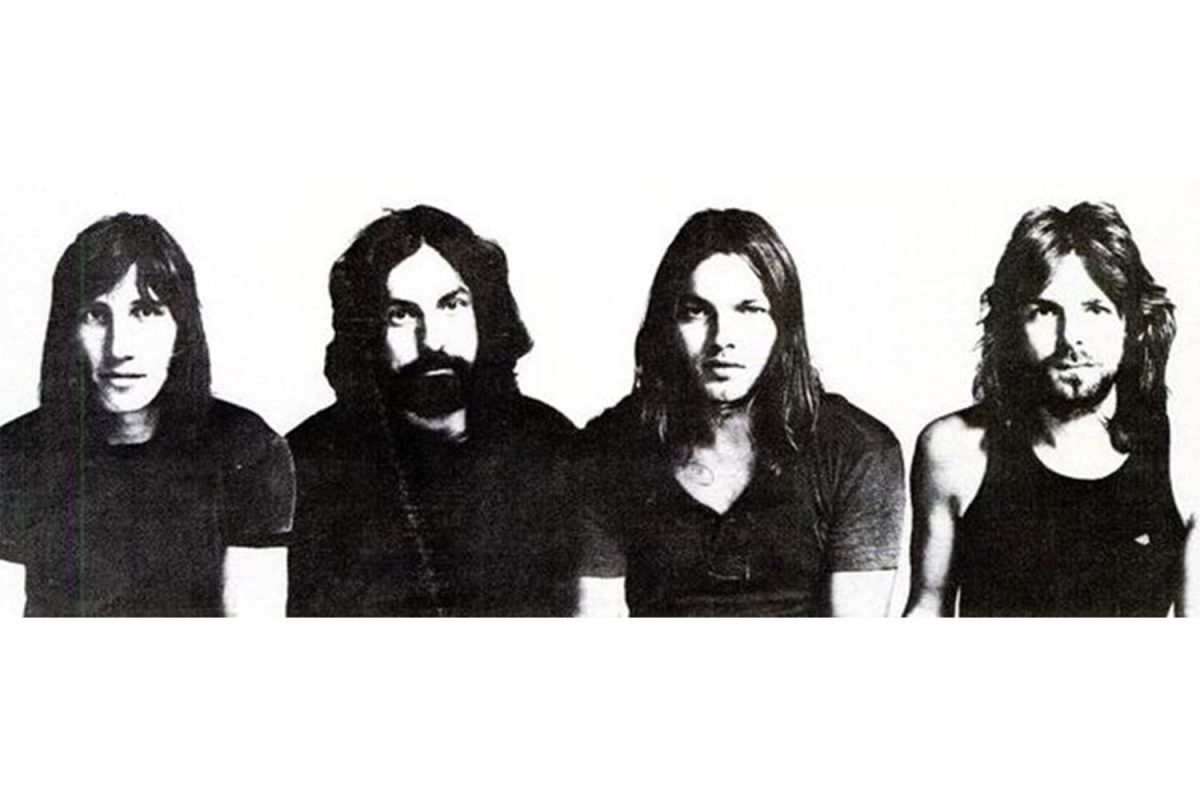In March of 2023, the world of music celebrated a momentous occasion: the 50th anniversary of Pink Floyd’s seminal 1973 album, “Dark Side of the Moon.”
Marking this milestone, Pink Floyd unveiled a live performance of the album from 1974, held at the legendary Wembley Empire Pool in London. This piece explores the band’s rich history and delves into the profound impact this album has had on countless individuals, myself included.
In his 1973 “Rolling Stone” review, Lloyd Grossman aptly described Pink Floyd as “preeminent techno-rockers: four musicians with a command of electronic instruments who wield an arsenal of sound effects with authority and finesse.”
This live edition of the album introduces a raw, Wabi-Sabi-like quality, imbuing an authenticity that the studio version, by its very nature, could not capture. For veteran fans, listening to this live performance offers a fresh perspective on a classic album.
The roots of Pink Floyd trace back to 1963-64 when Roger Waters, bassist, and Nick Mason, drummer, met as architecture students at the London Polytechnic in Regent Street. With the addition of Lead Guitarist Syd Barrett and Pianist Rick Wright in 1965, the band found inspiration in blues, leading Barrett to name the band after two blues artists he admired: Pink Anderson and Floyd Council.
The departure of Syd Barrett due to his struggles with mental health and substance abuse left a deep emotional mark on the band, inspiring songs like “Brain Damage.” Especially after the craziness the world has experienced these past few years. These themes resonate deeply with many as they mirror experiences of navigating personal challenges while helping people find solace in music.
“Dark Side of the Moon” explores themes like conflict, greed, time, and mental illness and has offered me a lens through which to view my life and struggles, providing comfort and understanding in times of need.
At its release, “Dark Side of the Moon” was a cultural and sonic breakthrough, blending advanced studio techniques, complex soundscapes, and deep lyrical themes. It remains a pinnacle of Pink Floyd’s artistic and technical achievements. With an impressive 14-year run on the “Billboard” album charts and 45 million copies sold, its legacy is undeniable. The album elevated Pink Floyd’s status and set a new standard for the music industry.
The relevance of “Dark Side of the Moon” today extends beyond its musical achievements; it is a cultural phenomenon that has profoundly impacted the lives of countless individuals, including my own.
As Apple Music humorously said, “Dark Side of the Moon is a little like puberty: feel how you want about it, but you are going to encounter it one way or another.”
This album has been more than just a musical encounter, but a life-changing journey, offering insights and reflections that have shaped who I am today.















